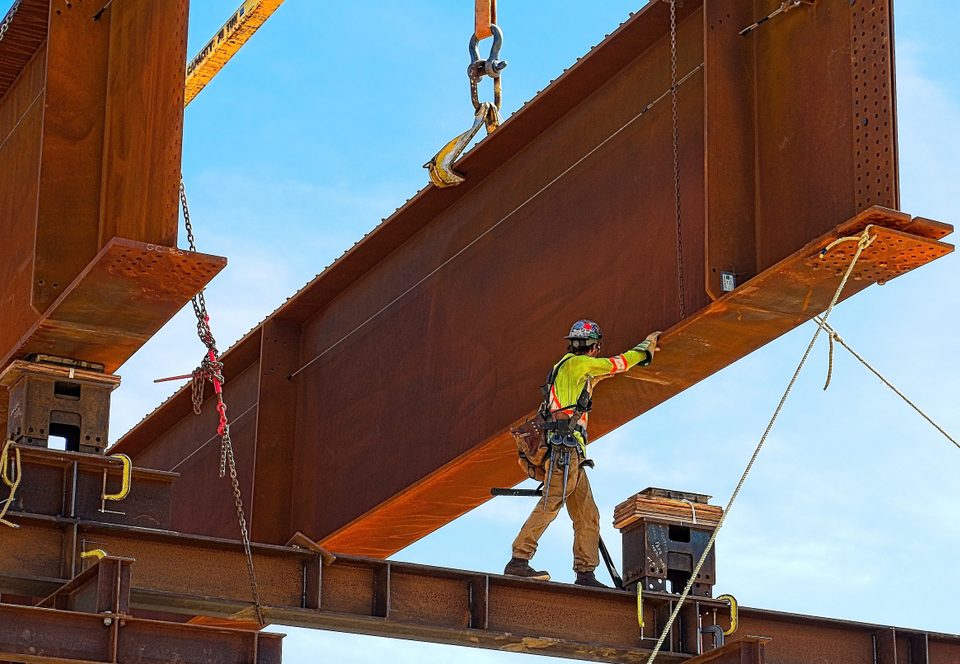Differences Between Aluminum and Stainless Steel, Part 2

Differences Between Aluminum and Stainless Steel, Part 1
January 1, 2019
Choosing Between Steel Pipe and Steel Tube
January 15, 2019In part one of this blog series, we looked at some of the primary factors that separate aluminum from stainless steel. Things like price, corrosion resistance and weight all might be important for you depending on your next project, and these differ between these two metal types.
At Wasatch Steel, we can help you obtain the perfect steel products for your needs. The stark differences we listed above aren’t the only factors that separate stainless steel from aluminum – here are a few others that you should keep an eye on if you’re choosing between the two.
Welding Qualities
If you know you’re going to be doing some welding of your metal at some point during your project, chances are you want to go with stainless steel over aluminum. It’s one of the simplest materials out there to weld safely and efficiently, and while aluminum can also be welded, it’s a much more difficult and time-consuming process.
Workability
Stainless steels are harder to form than aluminum, but this doesn’t mean this is impossible by any means. There are many processes that require this, and it can be done with the right tools and knowledge.
At the same time, aluminum is far easier if softening, cutting or forming are common processes you’ll be dealing with. Stainless steel sacrifices some of these qualities in exchange for better wear and abrasion resistance.
Thermal Withstanding Capabilities
In many cases, your metal projects will involve heating the metal to very high temperatures, which it needs to be able to withstand. For these applications, it’s generally best to go with stainless steel, which can deal with far higher temperatures than aluminum and also becomes soft at about 400 degrees Fahrenheit.
Strength
We went over strength-to-weight ration in part one of this series, but there are many applications where the weight won’t actually be very important. In these situations, stainless steel is the right choice – it’s much stronger than aluminum.
Conductivity
In part one, we went over thermal conductivity – how well your metal conducts heat specifically. But another important factor here is electrical conductivity, which is very different and affects a whole separate area of your potential project.
This is an area where we generally don’t recommend choosing stainless steel. It’s a poor conductor compared to most other metal types, while on the flip side, aluminum is one of the best. For this reason, you’ll commonly see overhead power lines or other high-voltage structures made using aluminum, which is also light and easy to work with.
Food Effects
One small area that’s often ignored is the impact metal has on food if they ever react with each other. Aluminum is known to potentially react to foods, which can alter their color and even their flavor. Stainless steel is less reactive, which is why it’s often used for industrial kitchens.
For more on choosing aluminum versus stainless steel, or to learn about any of our steel services, speak to the staff at Wasatch Steel today.



